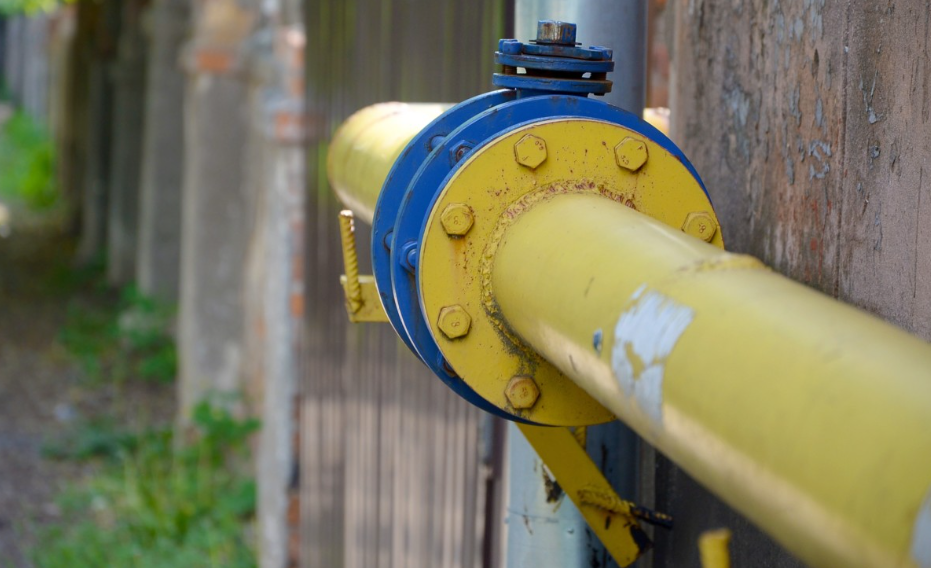5 Common Gas Installation Mistakes You Need to Avoid
Proper gas installation is crucial for both safety and efficiency. Unfortunately, many homeowners and even some inexperienced professionals make common installation mistakes that can have serious consequences. In this article, we will discuss five common mistakes you need to avoid while installing.
Lack of Proper Ventilation
Without adequate ventilation, the buildup of gas fumes can be extremely hazardous. It can lead to carbon monoxide poisoning or even explosions. During the gas installation process, make sure that the area is properly ventilated to allow for the safe dispersal of any gas fumes. This can be achieved by installing vents or fans that promote airflow.
Incorrect Pipe Sizing
Using pipes that are either too small or too large can cause problems. Undersized pipes can lead to inadequate gas flow, resulting in poor performance of your appliances. On the other hand, oversized pipes can lead to gas pressure drops and wasted energy. Consider factors such as gas load, pipe length, and pressure drop calculations to determine the correct pipe size for your gas installation.
Poor Joint Sealing
Inadequate sealing can result in gas leakage, posing a significant safety risk. During the installation process, ensure that all joints are properly sealed using approved sealants or tapes. Carefully inspect the connections for any signs of leakage and make necessary adjustments. It’s also advisable to conduct a pressure test to verify the integrity of the joint seals.
Inadequate Gas Pressure Regulation
Excessive pressure can damage appliances, while insufficient pressure can lead to poor performance. Installing a gas pressure regulator is essential to ensure consistent and appropriate gas pressure throughout your system. Consult a gas servicing professional to determine the suitable pressure range for your installation and install a regulator accordingly.
Neglecting Gas Leak Detection
It is essential to incorporate gas leak detection methods into your gas installation. Utilize tools such as gas detectors or leak detection solutions to regularly check for any potential leaks. Additionally, educate yourself and your family members on the signs of a gas leak, such as a distinct odour or hissing sound.
Conclusion
By avoiding these common gas installation mistakes, you can ensure the safety and efficiency of your gas system for years to come. Proper ventilation, correct pipe sizing, effective joint sealing, gas pressure regulation, and gas leak detection are essential aspects of a well-executed gas installation. Remember, when it comes to gas, it’s always better to be safe than sorry.


